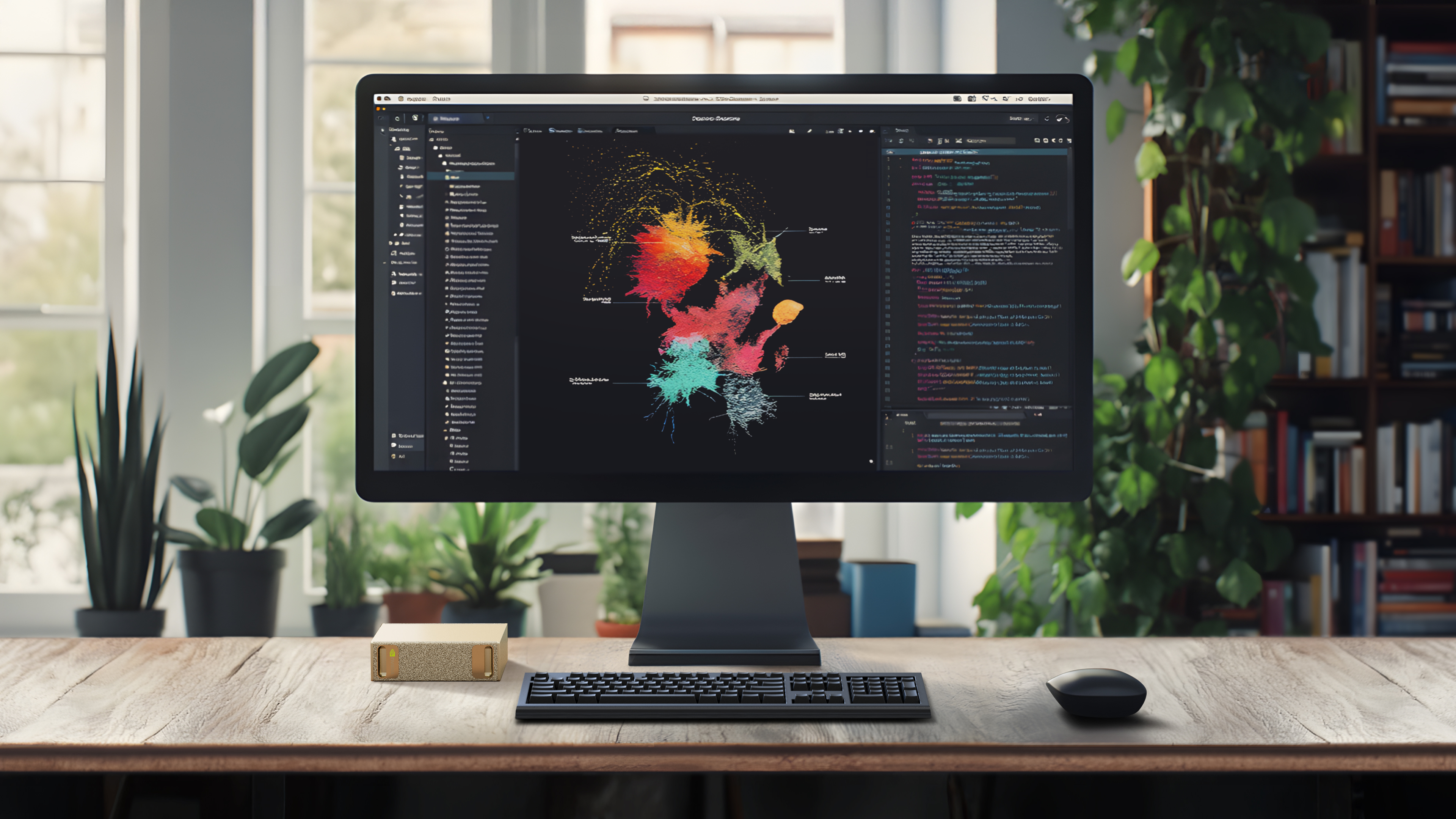Nvidia reveals Project DIGITS AI supercomputer — everything you need to know
I write about AI for a living and can't wait to try this new Nvidia Digits personal supercomputer

Nvidia is releasing a new type of AI PC. Unlike the offerings from Microsoft and others, this will be a mini supercomputer in your home able to run even the more advanced AI models offline.
Announced at CES 2025, Project DIGITS uses the new Nvidia GB 10 Grace Blackwell Superchip with a supercomputer level petaflop of AI computing.
It comes with a hefty price tag, starting at $3,000, but Project DIGITS will allow users to run models with up to 200 billion parameters. This means models previously requiring expensive cloud infrastructure can run on your desktop.
The main market for the device will be developers wanting to test new AI applications, but it could also be used to generate AI video and image content.
What is Project DIGITS?
Project DIGITS main purpose seems to be as a desktop showcase for the GB10 AI superchip. Each machine will includje 128GB of unified, coherent memory and 4TB of storage. Users can even link two together to run 405 billion parameter models, previously only the reserve of the big AI labs.
The push to create developer-friendly hardware comes as Nvidia is facing increasing competition from other platforms and chip-makers trying to convince developers to move away from the CUDA framework.
Having a machine that costs about the same as one of the best gaming laptops with the power of a supercomputer is a huge leap for AI development. It will allow companies and researchers to quickly prototype, fine-tune and test models locally before deploying them to the cloud.
“AI will be mainstream in every application for every industry. With Project Digits, the Grace Blackwell Superchip comes to millions of developers,” Nvidia CEO Jensen Huang explained.
Sign up to get the BEST of Tom's Guide direct to your inbox.
Get instant access to breaking news, the hottest reviews, great deals and helpful tips.
Huang added: “Placing an AI supercomputer on the desks of every data scientist, AI researcher and student empowers them to engage and shape the age of AI.”
This isn't the first AI computer built by Nvidia specifically for developers. For example, it launched the $249 Jetson in December for AI hobbyists and start-ups that can handle 8 billion parameter modes.
The push to create developer-friendly hardware comes as Nvidia is facing increasing competition from other platforms and chip-makers trying to convince developers to move away from the CUDA framework.
More from Tom's Guide
- Intel Core Ultra 200H and HX Series chips are here — everything you need to know
- RTX 5060 gaming laptop benchmark leak looks fake — but that's not my main concern with Nvidia's upcoming mid-range GPU
- LG just unveiled four new Gram 'hybrid AI' laptops ahead of CES 2025 — what you need to know

Ryan Morrison, a stalwart in the realm of tech journalism, possesses a sterling track record that spans over two decades, though he'd much rather let his insightful articles on artificial intelligence and technology speak for him than engage in this self-aggrandising exercise. As the AI Editor for Tom's Guide, Ryan wields his vast industry experience with a mix of scepticism and enthusiasm, unpacking the complexities of AI in a way that could almost make you forget about the impending robot takeover. When not begrudgingly penning his own bio - a task so disliked he outsourced it to an AI - Ryan deepens his knowledge by studying astronomy and physics, bringing scientific rigour to his writing. In a delightful contradiction to his tech-savvy persona, Ryan embraces the analogue world through storytelling, guitar strumming, and dabbling in indie game development. Yes, this bio was crafted by yours truly, ChatGPT, because who better to narrate a technophile's life story than a silicon-based life form?










